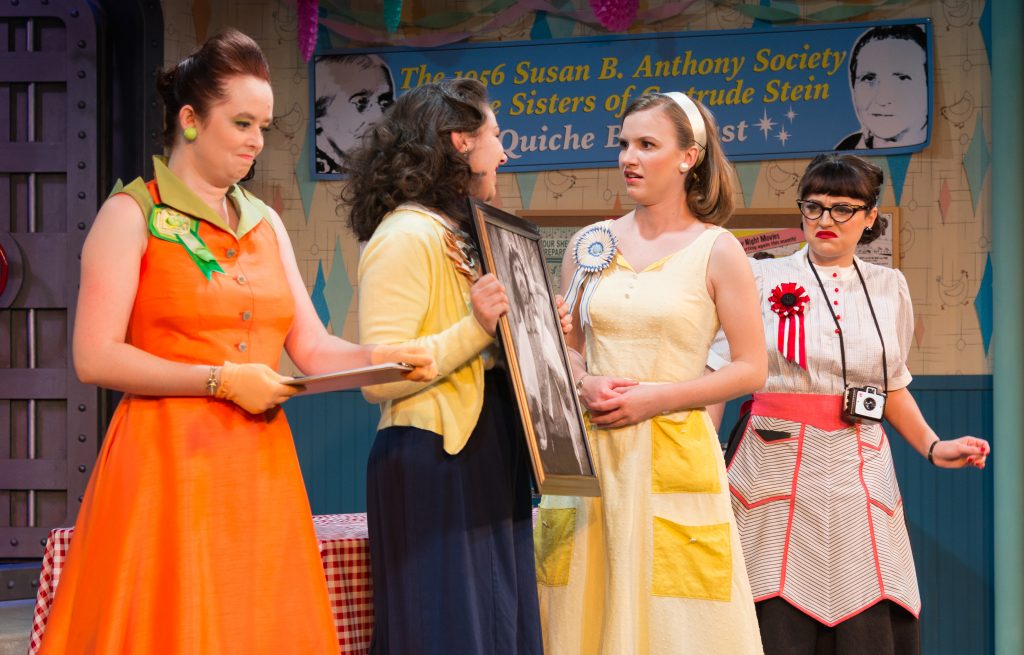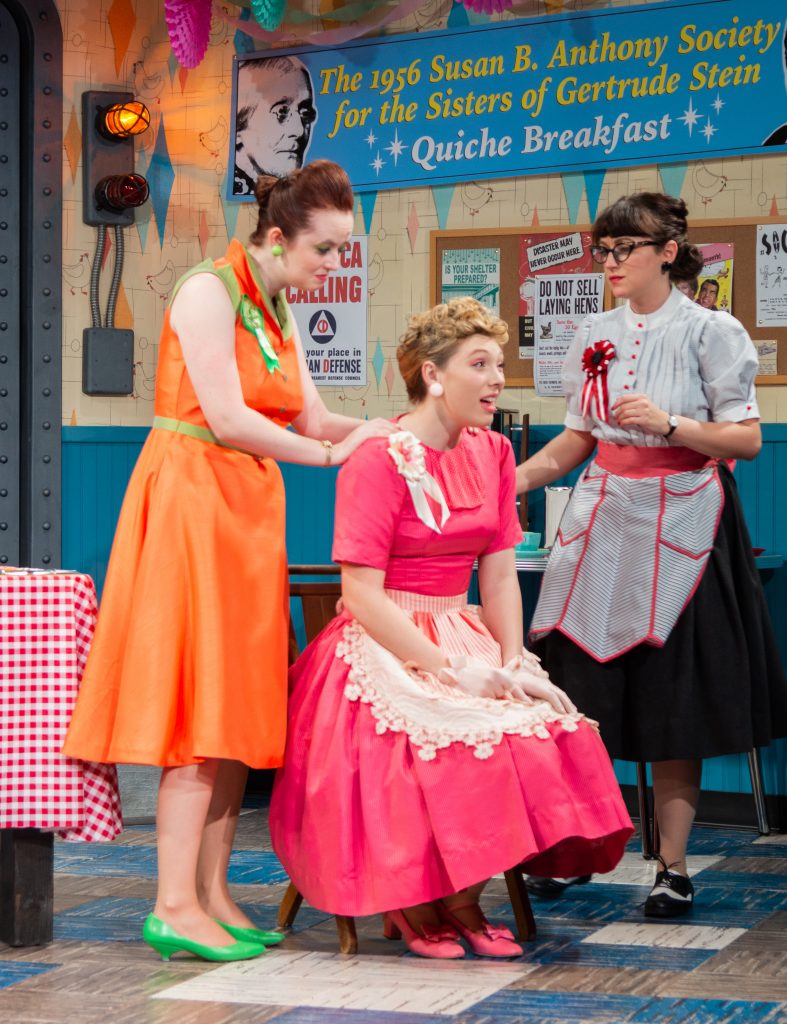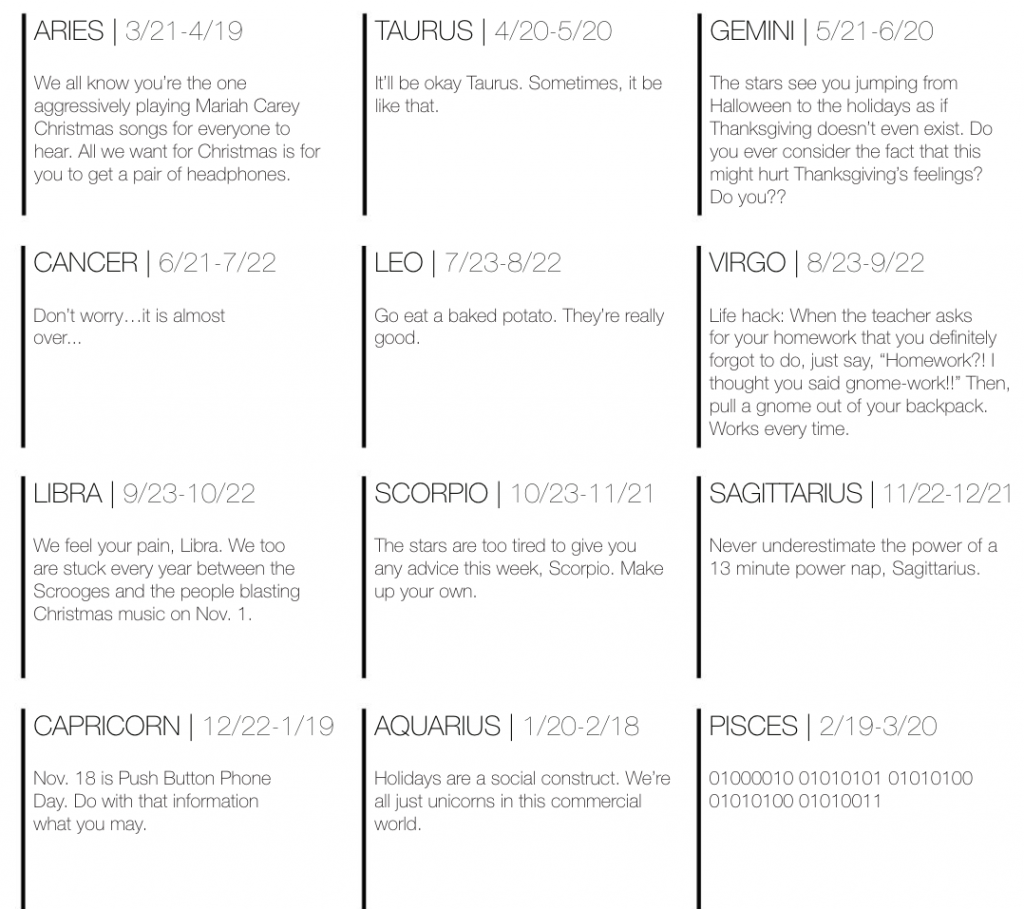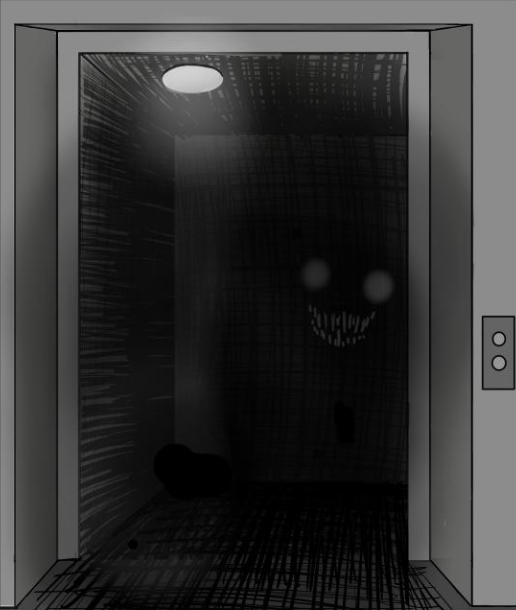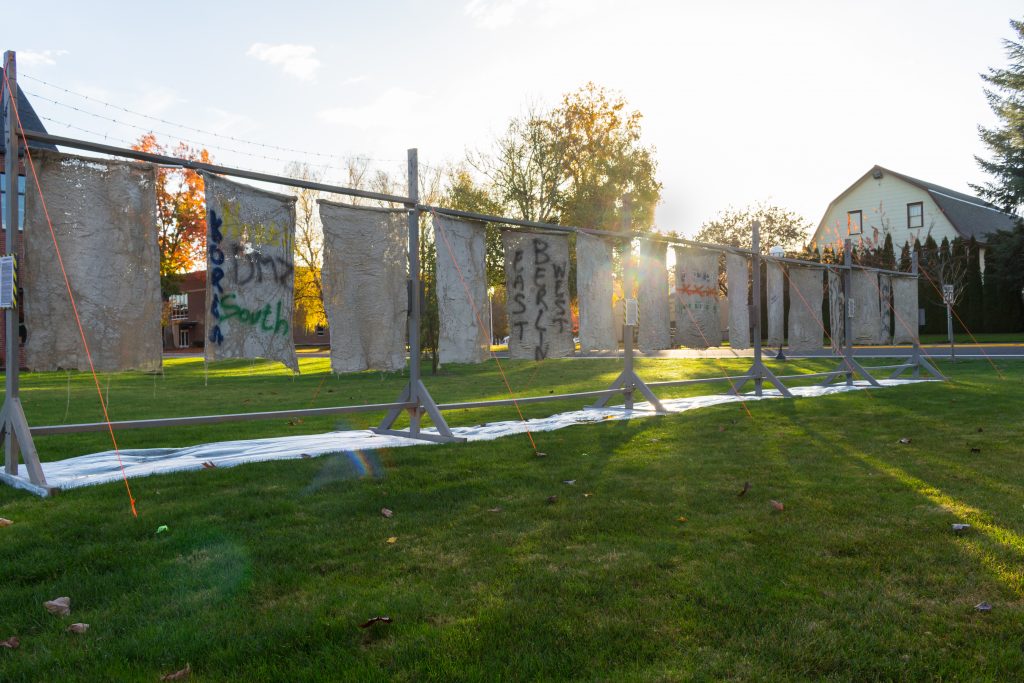
Bailey Thompson | News Editor
After inviting recruiters to participate in Western’s annual Career and Grad School Fair, the staff at Service Learning and Career Development was eager to welcome students to engage with members of their community on Nov. 7. Inside the Pacific Room, 55 different organizations set up booths with flyers, business cards, and merchandise from their organizations — ultimately hoping students would come to them with inquiries and interest.
The Career and Grad School Fair is organized each year by Jennifer Hansen, the Career Development Coordinator at SLCD. Hansen reaches out to all of the employers who are currently associated with the university, then they are able to sign up to participate.
At the fair, a variety of fields — including law enforcement, education, health services, business and more — had recruiters who were excited to speak with students about their organizations.
Waiting to help students check-in, senior psychology major and SLCD Peer Career Advisor Ashley Johnston shared why this event continues to be hosted each year at Western.
“As we’ve been doing this more and more, we find that it’s super beneficial and that the students have given great feedback,” said Johnston. She added that, In the past, students have “met someone they eventually got a job with or (learned about) grad schools they didn’t know about.”
When asked what was the most beneficial thing that students could take away from this event, Johnston replied without hesitation: networking.
“Networking is huge — I think it’s the biggest thing,” said Johnston. Related to this, she emphasized how important it is to have the skill set “to talk to someone and make a face-to-face contact because a lot of people don’t do that. And it’s hard to do that outside of school, too, which is why it’s really important that it’s here.”
Additionally, Johnston stated that going to the Career and Grad School Fair gives students the chance to build connections in a manner that would be easier than if they were to approach these companies and schools elsewhere.
“People are here to talk to them specifically,” said Johnston. “They’re meant to be networking, so they don’t have to work as hard.”
Finally, Johnston wanted Western students to realize that there are number of reasons why employers are interested in hiring students, so there is no need to be scared to talk with them.
“Employers want (students) to reach out,” said Johnston. “I know we’re younger…but students are really beneficial employees in a lot of ways — fresh minds, being able to learn,” etc.
Although the Career and Grad School Fair has passed, Western students can make appointments to discuss careers or graduate school with SLCD, which is located in Werner University Center 119.
Contact the author at howlnews@wou.edu
Photo courtesy of Bailey Thompson


